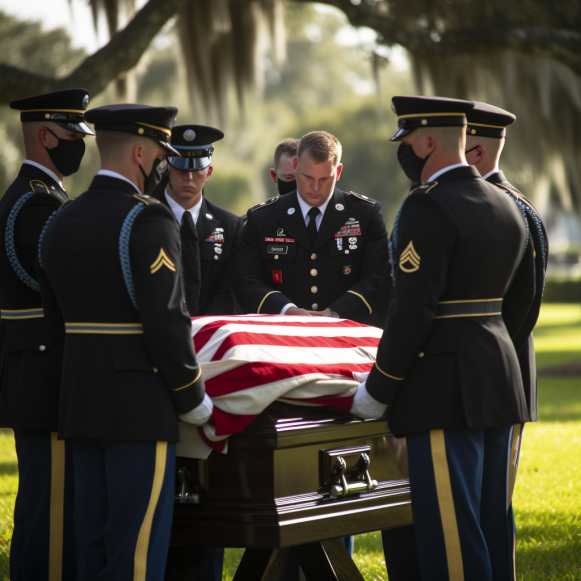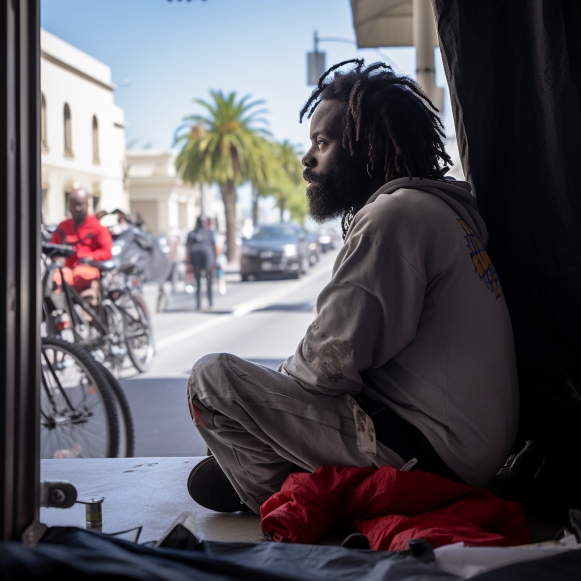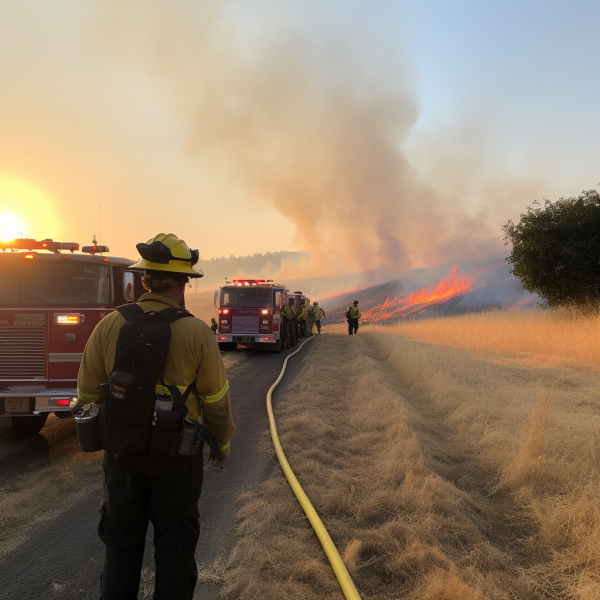DNA identified this World War II soldier. Finally, almost 80 years later, he receives a proper burial

He was enveloped in a bitter cold. He was dressed in wool, but even that couldn’t keep up with the elements.
Roy Searle, 22, was huddled in that cold German winter on December 9, 1944, when he died from shrapnel wounds during World War II. He was one of over 400,000 US soldiers killed in the war, and his body was never found until last year.
Searle was given a proper burial and service at South Florida National Cemetery, west of Lake Worth Beach, on Wednesday morning, nearly a year after he was identified.
Betty Rhodes, 77, of Boynton Beach, Searle’s first cousin once removed, was visited by the military last year, who informed her that Searle’s remains had been discovered and identified.
“They brought all of the forensic studies that had been completed.” “They explained everything to me, including how he was buried first in a German cemetery, then in an American cemetery in Normandy, and finally, in 2021, his body was exhumed and sent to the United States for testing,” she said. “They tested his teeth, bones, and DNA.”
Rhodes was asked if she wanted to assist in burying Searle. She is Searle’s only living relative, aside from her children, and he died two years before she was born, so she never met him. That didn’t stop her from wanting to assist in arranging a proper burial.
“Of course I did, and so many military people have stepped up to assist, to give me ideas on what to do.” “It was fantastic, just fantastic,” she said.
During the memorial service for Searle, Rhodes wiped away tears. President Joe Biden presented her with an American flag, a medal, and a certificate.
The Rev. Julian Harris of Boynton Beach’s St. Thomas More Catholic Church said he and other veterans celebrate Searle’s return.
“We had hoped for this day when Roy would return,” he said during the ceremony. “He was in the 90th division… They landed at Utah Beach and battled their way into Germany. They crossed the Saar River with boats at 4:15 a.m., long before daylight, and the Germans were dug in on the other side of the river.”
“It was during this campaign that Roy fell.”
According to Harris, shrapnel injured Searle, and because the battle was so brutal, many of the dead were unable to be recovered.
“Our American soldier pulled into battle in the middle of winter without proper equipment, but with a great heart, and won a great victory for this country,” Harris said. “The 357th Infantry Regiment will stand in glory in the history of the nation and in our hearts, and all of that is here before us in one person, Private First Class Roy Searle, may God bless him as he has blessed us.”
According to Rhodes, Searle joined the Army in 1942 with his twin brother, Raymond.
Raymond, his wife, Gertrude, and his mother and father, Mabel and Harvey, were among the survivors at the time of Searle’s death.
While the American Graves Registration Command conducted several investigations in the area where Searle and others were killed, the American Graves Registration Command ruled Searle missing.
“If you come from a small town (during WWII), everyone served,” Rhodes explained. “I believe they would have been grateful if the military had continued to search for those soldiers who were missing in action and buried in unknown graves.” I believe it brings everything full circle.”
Every Sunday, Rhodes and her parents went to see Roy’s mother, Mabel Searle, in Rhode Island, where she grew up.
“My parents would just sit with her and talk, talk, talk about Roy,” she recalled. “In a small town, everyone worries about those who don’t return home.”
Raymond Searle struggled because he had lost his twin, a loss that most people will never understand, according to Rhodes.
During the ceremony, Rhodes expressed her regret that Mabel was unable to attend and that she died without knowing what happened to her son.
“I was just the middleman, and a vehicle to get this done,” she explained. “I did it for her sake.” I did it for her father, his wife, and everyone who couldn’t be here.”




